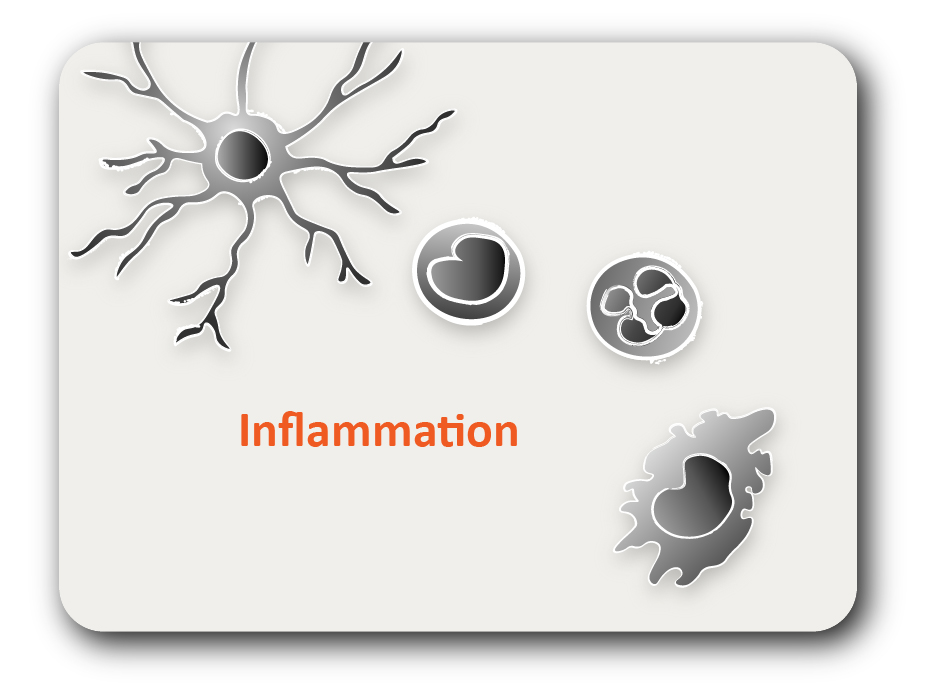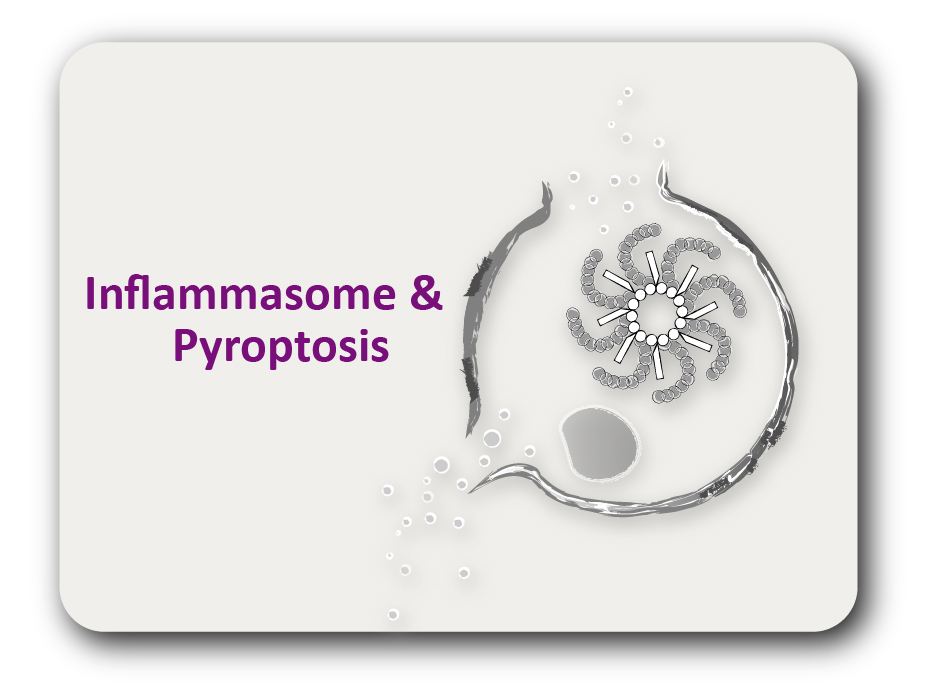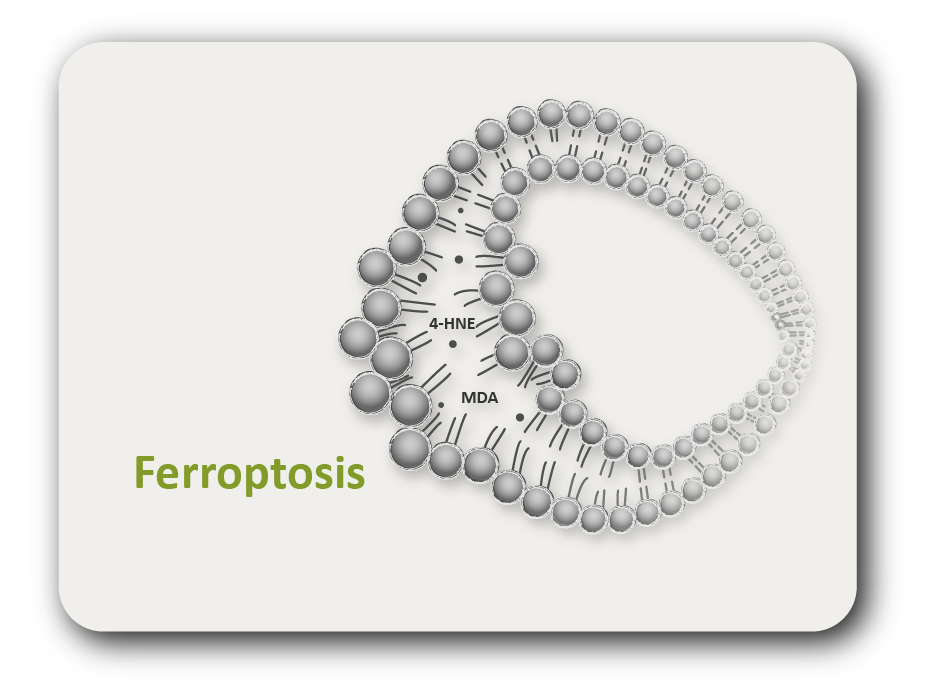ARG70533
Mouse CD40 recombinant protein (His-tagged)
Mouse CD40 recombinant protein (His-tagged) for SDS-PAGE
Overview
| Product Description | CHO expressed, His-tagged Mouse CD40 recombinant protein |
|---|---|
| Tested Application | SDS-PAGE |
| Target Name | CD40 |
| A.A. Sequence | Met1 - Arg193 |
| Expression System | CHO |
| Alternate Names | CD40; CD40 Molecule; Bp50; TNFRSF5; P50; Tumor Necrosis Factor Receptor Superfamily Member 5; CD40 Molecule, TNF Receptor Superfamily Member 5; CD40L Receptor; Tumor Necrosis Factor Receptor Superfamily, Member 5; B Cell Surface Antigen CD40; B-Cell Surface Antigen CD40; B Cell-Associated Molecule; CD40 Antigen; CDW40; CDw40 |
Properties
| Form | Powder |
|---|---|
| Purification Note | Endotoxin level is less than 0.1 EU/µg of the protein, as determined by the LAL test. |
| Purity | > 95% (by SDS-PAGE) |
| Buffer | PBS (pH 7.4) |
| Reconstitution | It is recommended to reconstitute the lyophilized protein in sterile water to a concentration not less than 200 μg/ml and incubate the stock solution for at least 20 min at room temperature to make sure the protein is dissolved completely. |
| Storage Instruction | For long term, lyophilized protein should be stored at -20°C or -80°C. After reconstitution, aliquot and store at -20°C or -80°C for up to one month. Storage in frost free freezers is not recommended. Avoid repeated freeze/thaw cycles. Suggest spin the vial prior to opening. |
| Note | For laboratory research only, not for drug, diagnostic or other use. |
Bioinformation
| Gene Symbol | CD40 |
|---|---|
| Gene Full Name | CD40 Molecule |
| Background | This gene is a member of the TNF-receptor superfamily. The encoded protein is a receptor on antigen-presenting cells of the immune system and is essential for mediating a broad variety of immune and inflammatory responses including T cell-dependent immunoglobulin class switching, memory B cell development, and germinal center formation. AT-hook transcription factor AKNA is reported to coordinately regulate the expression of this receptor and its ligand, which may be important for homotypic cell interactions. Adaptor protein TNFR2 interacts with this receptor and serves as a mediator of the signal transduction. The interaction of this receptor and its ligand is found to be necessary for amyloid-beta-induced microglial activation, and thus is thought to be an early event in Alzheimer disease pathogenesis. Mutations affecting this gene are the cause of autosomal recessive hyper-IgM immunodeficiency type 3 (HIGM3). Multiple alternatively spliced transcript variants of this gene encoding distinct isoforms have been reported. [provided by RefSeq, Nov 2014] |
| Function | Transduces TRAF6- and MAP3K8-mediated signals that activate ERK in macrophages and B cells, leading to induction of immunoglobulin secretion. [Uniprot] |





